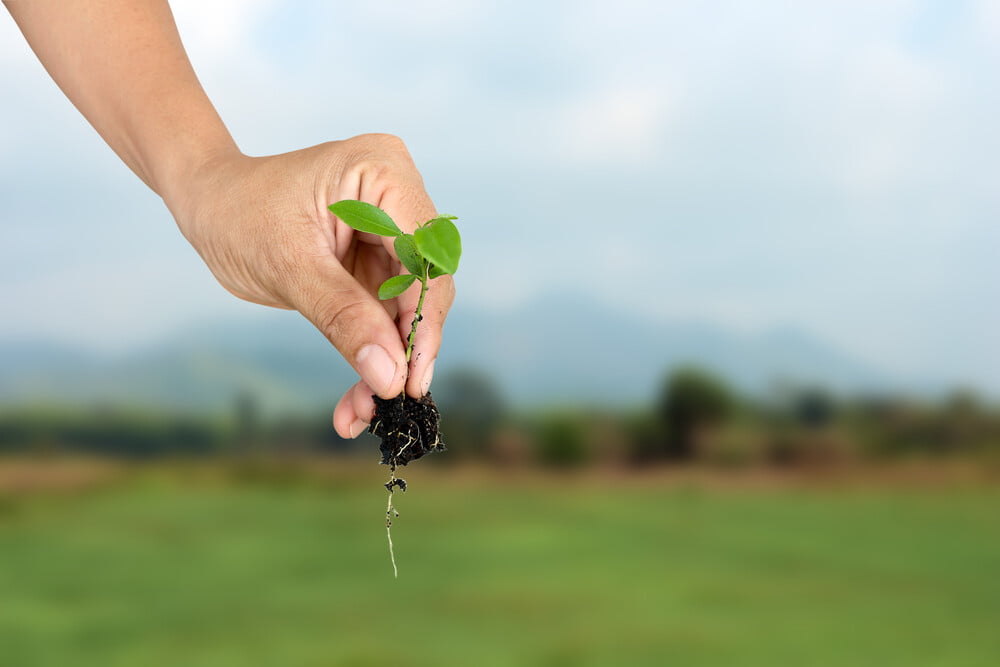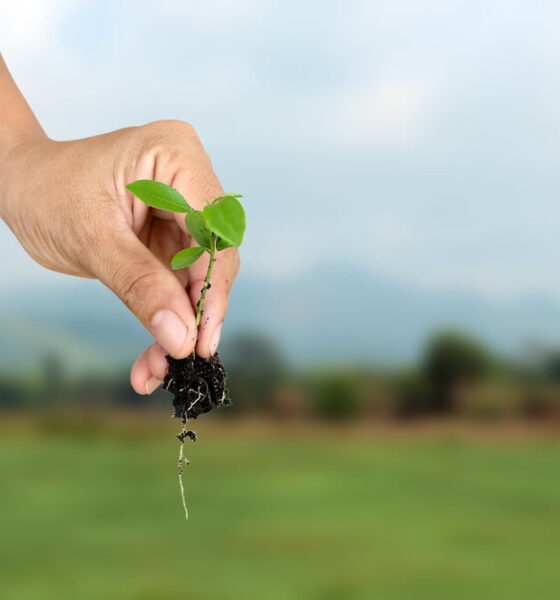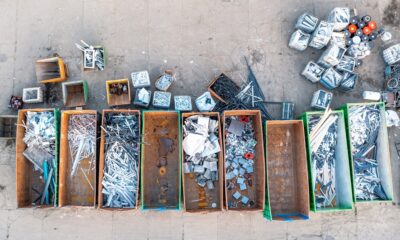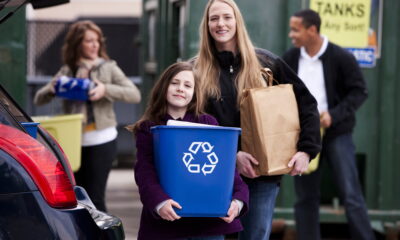It’s easy to say you want to live a greener life — but how to actually do it? That’s a different story. Take shorter showers? Drive fewer miles? There are so many tricks, ideas, and methods out there for “going green” that it can be hard to know where to start.
If you’re leaning toward wanting a more sustainable life but don’t know how to begin, here are five straightforward tips for living a greener life:
Recycle — Correctly
It’s one thing to recycle, and it’s another to recycle correctly. Recycling may seem simple, but it can actually be hard work to do it right. Sometimes, confusion over what to do with an item causes it to just end up in the trash can because that’s easier.
Rules and regulations about what item goes in what bin will vary from place to place, so spend some time researching before you recycle to make sure you’re following your location’s preferred recycling practices.
If you’re new to recycling, start with the basics. Learn what items can generally be recycled and how to recycle them and then delve deeper. Take the extra step to rinse out drink bottles and wash food residue out of containers before you throw them in the bin.
The reality is, you can spoil an entire load of recycling by putting an errant item in the wrong bin. A little bit of extra effort goes a long way!
Say No to Plastic
Cutting plastic use is one of the biggest and most important changes you can make to your lifestyle. If you take a close look around your house, chances are it’s full of plastic, which takes a huge toll on the Earth. Tupperware, toys, water bottles, grocery bags, and coffee cups are common items that all contain plastic.
Luckily, there are great reusable items like cloth bags and reusable water bottles that can replace these plastic items in your home. Additionally, bringing your own glass jars or containers to your grocery store’s bulk section is an easy way to cut down on plastic bags and packaging.
Once you start to notice how much plastic is all around you, you’ll likely be thinking up even more ways to rid your home of it and replace plastic items with reusable alternatives.
Green Your Yard
“Green your yard,” doesn’t mean “have a green lawn.” Oftentimes, having a green yard means not having a green lawn at all. Sure, aesthetics are important; we all want to feel happy and comfortable in the outdoor spaces we’ve put a lot of time and energy into creating. But it turns out that having a lush, green lawn comes at a big cost for the environment.
“If the average sized lawn in the United States is watered for 20 minutes every day for 7 days, it’s like running the shower constantly for 4 days or taking more than 800 showers,” according to the Environmental Protection Agency. “That’s equivalent to the amount of water needed for the average family to take 1 year’s worth of showers.”
This staggering statistic begs the question: Is green grass really worth it?
Choosing plants that need less water is one way to have a more environmentally friendly yard. You can also swap your decorative flowers for edible flowers, vegetables, and berry bushes. Even though these things still need water, they have the added bonus of providing food for your family!
Switch to LEDs
Switching to LED lightbulbs is easy and will actually save you money in the long run. LEDs have it all — they’re both energy efficient and cost efficient and can shine very, very brightly (which is what lightbulbs are supposed to do after all, right?).
While LEDs may cost a few dollars more, they also last a lot longer. And since LEDs are becoming the industry standard, there are options available for essentially every type of bulb you could possibly need.
LED bulbs also use the majority of their energy on producing light, while compact fluorescent lights waste most of their energy producing heat. Because of this, LEDs are much safer than CFLs since they’re less likely to overheat and combust.
There’s an additional step you can take if you want to be even greener than an LED bulb-user, and that’s to reduce your use of light in the first place.
Light pollution is a real problem in many cities across the world and has dangerous consequences, like making it hard for animals who rely on the darkness of the night sky to know when to sleep or who need to see the stars to know how to navigate.
Artificial light throws off the circadian rhythms of humans as well. So the more you can cut your use of light in general, the healthier you’ll be, and the healthier the planet will be in turn. Try burning candles instead or invest in smart technology that can schedule your lights to automatically turn on and off at certain times.
Grow Your Own
You don’t have to be a pitchfork-wielding, overalls-wearing, dirt-covered farmer to grow a bit of your own food. Even if you don’t have a green thumb, chances are even you can find success with a few edible plants in your window boxes or in a pot on your back deck.
Growing greens like lettuce and arugula in window boxes is a great and easy way to cut your grocery bill. Your food will be fresher, and you won’t have to come home with plastic packaging from the store. When you’re ready to make a salad, simply go outside and harvest away!
Potted culinary herbs are another great option for growing your own food at home. You can use them fresh or cut and dry herbs to use later. Either way, you can take pride in knowing that you grew something to feed your family.
Living a greener life should be an endeavor that’s always evolving. For sustainable efforts to be successful, they must be a part of everyday life.
Once you’ve taken steps toward sustainability that you feel good about and work for you, you can take the next step and help educate the next generation. Kids need to know how to care for the planet too so they can have a comfortable and clean environment to grow up in.
Living a Greener Life
While this list isn’t exhaustive by any means, it’s a good start. By recycling correctly, reducing your use of plastic, working toward a green yard, buying LED lights, and growing some of your own food, you’ll be well on your way to living a sustainable life.
And remember — you’re not alone. People around the world are working toward living greener lives. Community and inspiration for a green life is everywhere.
What did we miss? What are your favorite tips and hacks for living a greener life?


 Environment9 months ago
Environment9 months agoAre Polymer Banknotes: an Eco-Friendly Trend or a Groundswell?

 Environment10 months ago
Environment10 months agoEco-Friendly Home Improvements: Top 7 Upgrades for 2025

 Energy12 months ago
Energy12 months agoA Closer Look at The Rapid Growth of Solar Energy in Ireland

 Features8 months ago
Features8 months agoEco-Friendly Cryptocurrencies: Sustainable Investment Choices






























